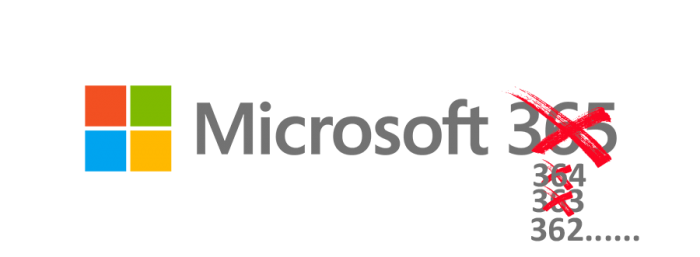In the past couple of weeks, Microsoft has broken their so-called ever-amazing Microsoft Cloud services known as Microsoft 365 not once, but twice. Originally, people realized that their outlooks had an authentication issue that was not letting people log in. Later on that week, issues with Outlook were affecting European and Indian customers even more. Then for yet another week, more cloud issues are continuing to pop up yet again.
Microsoft has admitted that many of the issues this week were due to the Azure Active Directory authentication. However, when the company was asked why other people are still having a slew of outages and problems, they refused to talk. It’s looking like many of the problems aren’t even related to the original problem, beginning with something much deeper. What’s going on, Microsoft? And what am I supposed to do to fix the problem, you may be asking yourself. We’ll take a look into this, so you know you’re not alone.
Table of Contents
It All Began At the Beginning of October
On Oct. 7th, 2020, many people tried logging into their services, and they found they couldn’t log into their outlooks. Others were logged in, only to find that it was crashing intermittently for no apparent reason. The other services started having the same problem (Excel, Word, Powerpoint, etc. – all only on the Microsoft 365 platform). This is following the previous outage that Microsoft had on the last week in September that kept people out of their accounts for an entire day, which turned into an entire week.
According to Microsoft, they’re as vague as usual, saying that users “can’t access their services” – Duh, right?! Either way, there have been so many problems with Microsoft 365 in the past since all of the new forced Windows Updates, and the problem has just grown worse and worse over time. This sounds like a serious server-side problem or a coding issue somewhere.
Azure to Blame
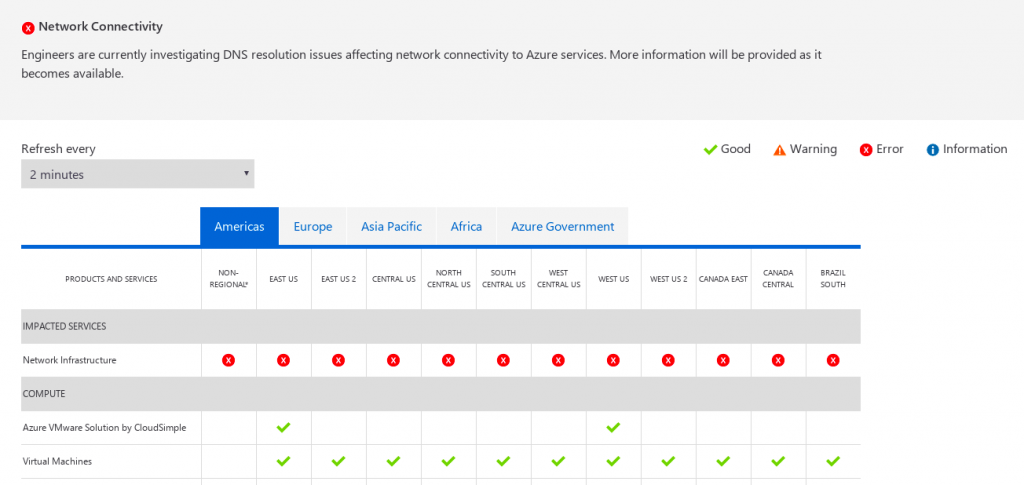
The Microsoft 365 outage is being blamed on an infrastructure issue having to do with Azure AD.
Microsoft is primarily blaming their Azure infrastructure because it says that a change with wide-area networking causes connectivity issues and latency problems. Therefore, Azure decided to roll back the update to the last healthy config setting. Once this happened, many people say that they had problems fixed.
However, as time progressed, users of various Microsoft 365 services started reporting more and more issues, such as Outlook, SharePoint, OneDrive, Business, and even Teams started seeing that they had a spike in their admin center traffic, and this caused similar issues to Azure AD’s issue plus Microsoft themselves still haven’t posted a real root cause as to what happened in September, and even October for the outages.
Is There Anything I Can Do?
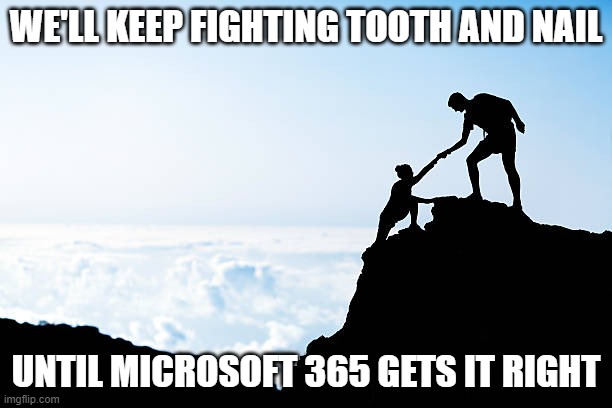
There isn’t much that you can do to change Microsoft 365 for the better, but know that MSPs like us are prodding them to make their software more consumer-friendly and reliable.
One thing is for certain. There’s not much you can do regarding changing Microsoft 365 and Exchange services as it was a code issue on the server-side of things. However, you can help yourself with a failsafe solution to protect your business and keep things going steadily during an outage with cloud services. One such thing is to have the full professional versions of Microsoft Office (Office 2016 or Office 2019 Professional). These can help to give you some better connectivity and allow you to work “off-grid” from the cloud.
If you have any problems with the cloud services like this, you can always call your managed service provider and have them install such software and help you configure servers in your office so you can always use your business emails and more. Since the outage, though, about half of the users out there have been able to connect. But as of October 14th, there has been a humongous spike in server connections, logins, and Outlook yet again. Will Microsoft ever get it right and retain 100% uptime? Who knows!
Microsoft 365 vs. Google Workspace Suite – Which is Better?

The battle between Microsoft 365 and Google Workspace is one for the ages, and we’ve got the results down below.
With the rise of mobile and remote work opportunities growing at an insane pace these days, one thing remains certain. Many companies are starting to use more and more cloud services for their work than they used to. Whether you’re a company with remote workers, or even if you are a work-from-home entrepreneur (such as a freelance web designer or copywriter), you probably utilize a cloud service somehow.
These days, most popularly, it comes down to which workspace suite is better for you and your business. Microsoft offers one that has been around for quite some time with Microsoft 365. Google has been around forever – along with its continuously growing Google Suite to cater more to businesses. But which one is better? Let’s find out!
Microsoft 365 Services and Packages
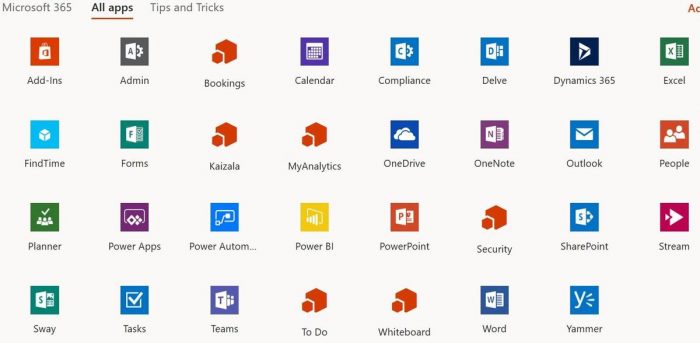
This list of Microsoft 365 services and programs is quite extensive, and we’re positive every business can find many of them to be useful.
Previous called Office 365, Microsoft 365 offers numerous solutions for businesses (and even home users and students – but we’re going to focus on business solutions) for apps and more. The prices range from $5 per month all the way up to the Business Premium package (more bells and whistles) for $20. You do have to pay for these services annually, much like a web hosting package.
You get web and mobile versions with the basic plan of Word, Excel, Powerpoint, Teams, Microsoft Exchange, OneDrive, and Sharepoint. With the next tier of Microsoft 365 Business, you get all of these apps, but you also get Publisher and Microsoft 365’s premium apps that you can use on your PC as well. The Premium account gives you all of the second tier’s secure services, as well as Intune and Azure Information Protection.
Of course, you can also purchase the apps only for $8.25/month, too, if you do not need the extra business packages. They offer enterprise packages that can give you better connectivity and interaction remotely and additional filesharing apps to improve team productivity.
Security & More
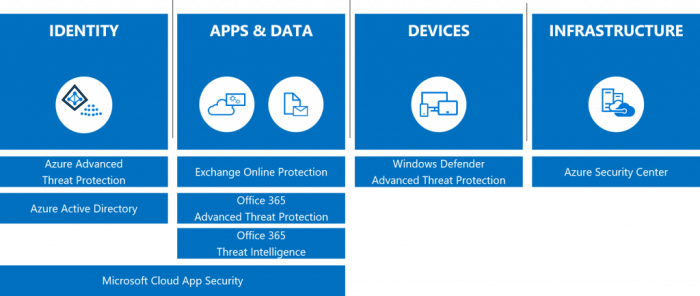
With Microsoft 365, you get file storage, email, and exchange protection against spam and malware, as well as additional support. You get more advanced threat protection with the Premium, of course.
Downsides
There are some major downsides when it comes to using these apps. For starters, they are a cloud service after all, and Microsoft has been subjected (especially in the past month) to numerous connectivity issues, but they’re often quick to resolve them.
Google Workspace as an Alternative to Microsoft 365
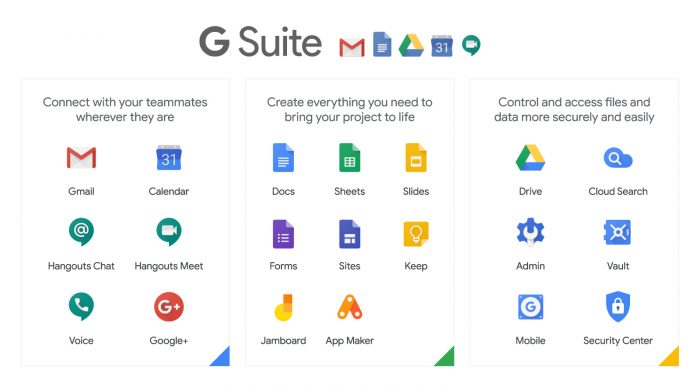
Which is better? Microsoft 365 or the new and improved Google Workspace? The results were a lot closer than we would have liked to see.
Google is on the rise, and they’ve been around for quite some time with their email services, search services, and of course, the rise of Android has brought things such as Google Sheets, Calendar, Chat, Docs, Slides, Keep, Sites, Forms, Currents, Drive, Google Meet (their Zoom alternative), and of course Gmail. They are a bit more expensive for businesses than Microsoft, and they offer varying amounts of cloud storage based on what package you get. You can also get Business Plus, which gives you more security (in their mind) and standard support that you can get upgraded at any time.
Google also has an Enterprise solution that can cater to larger businesses because you are limited to how many participants in video meetings you can have (Enterprise allows up to 250, recording, and live streaming services). With Enterprise, you also get unlimited cloud storage. (the lowest tier only gives you 30GB, while Business Standard provides 2TB, and Business Plus offers 5TB of cloud storage). The prices aren’t too bad either, and probably the most important features are the cloud storage, the email, and the collaborative documents that all of their apps share.
Business Starter is only $6USD, Standard is $12, plus is approximately $18 (prices are based on per-user you’re going to have for your business). Unlike Microsoft’s annual commitment that you have to pay for in advance, Google allows Flexible billing and Annual billing. This allows you to be charged monthly or annually based on the exact number of licenses you’re going to need. Most people choose Flexible because you can pay for many users you have every given month. If you do choose the Annual plan, it operates more like Microsofts.
The Upsides of Google Workspace

With all the data Google controls and their overall reliability, you’d think that they’d be a shoe in to beat Microsoft 365.
Google is a dominating leader in online cloud platforms, and they can virtually integrate with almost every device you have. However, as a business, some of the best features are the email (which you can use your actual website domain for) and collaborative features.
Google Workspace Downsides
Google Apps don’t operate with the famous shortcuts that Microsoft has literally kept for decades, and this causes a lot of confusion for employees needing to learn a new cloud-based platform. At the same time, there are things that people have problems with, such as links not pasting right, and of course, they don’t offer a downloadable platform that can be used offline like Microsoft either. The Google plans are also a bit more expensive per user than Microsoft’s (and you don’t get as much).
Another big issue is security. While Microsoft may be a tech giant who has had a slew of breakdowns and bug fixes, they are still one of the world’s most secure platforms. Sure, they have exploits that hackers find, etc., but there have been far fewer attacks on Microsoft itself. In contrast, Google literally monitors everything you do, controls every application and your data, and has had numerous security issues that have led to common everyday cyberattacks and data breaches. Not only that, but if you look at lawsuits in terms of security and data protection, Google has had more issues.
And the Winner is?
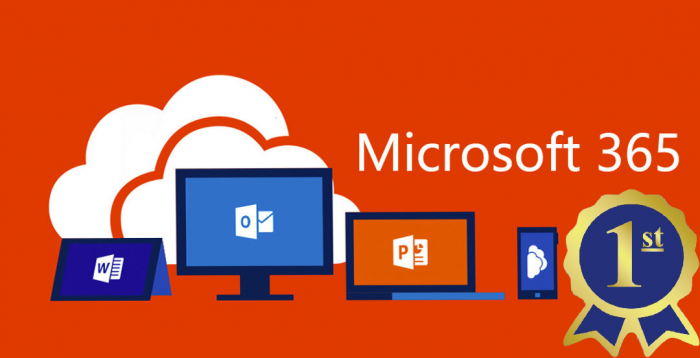
Drum roll, please! The winner and still champion is Microsoft 365!! See why below.
While we may not necessarily be in love with Microsoft, it does take the cake in terms of security and data protection. They do have certain features that Google doesn’t. Of course, Google has some more collaborative features that Microsoft doesn’t, but we are sticking with our decision. Mostly, security is a primary issue among most companies, and because of this, Microsoft does win in our book.
If you’re a business that doesn’t need to worry so much about this (and have numerous things in place for it), then the choice is ultimately yours, as both services are pretty solid. If you’re looking to get more collaboration, many users still choose Google (even though Hangouts has now been split into Meet for conference meetings and Chat for text-only messaging) since there are so many issues with Microsoft Teams and other collaborative applications.

